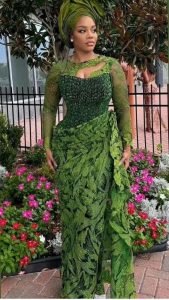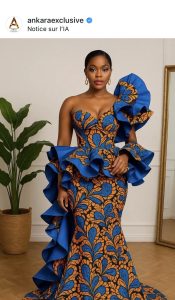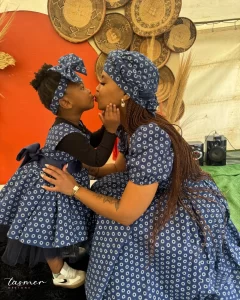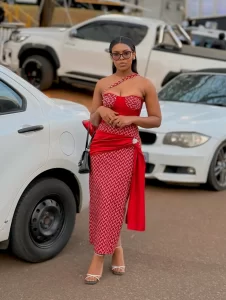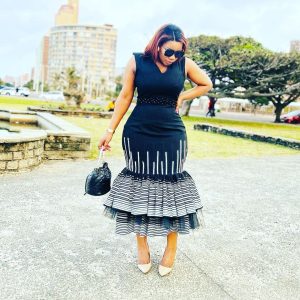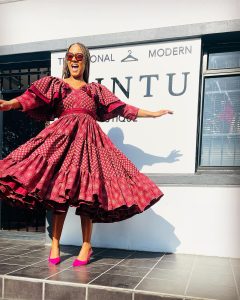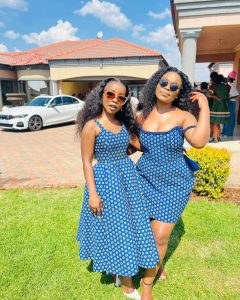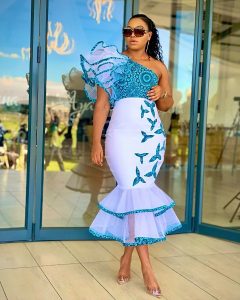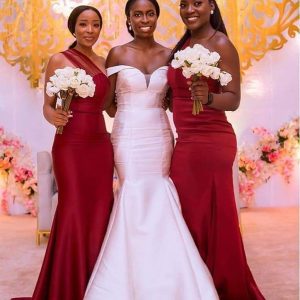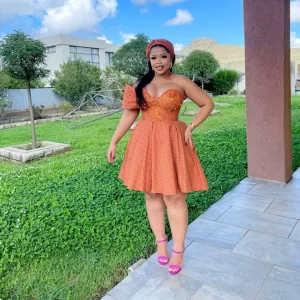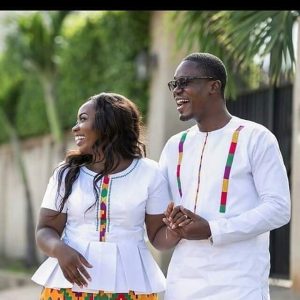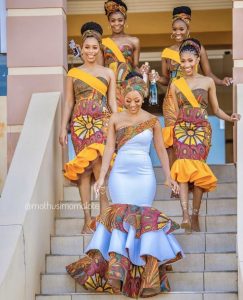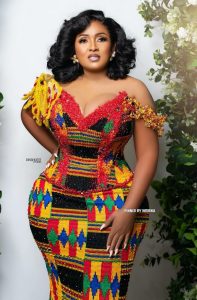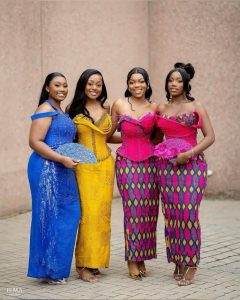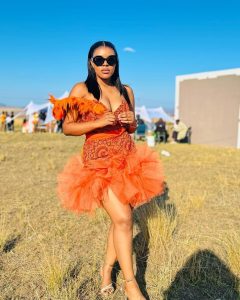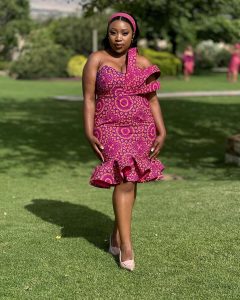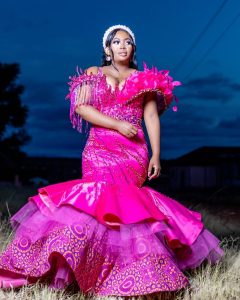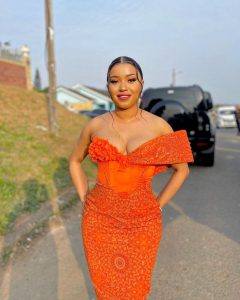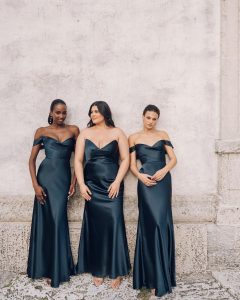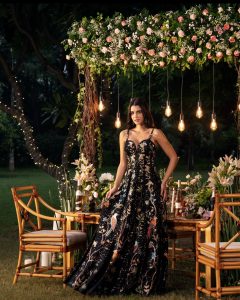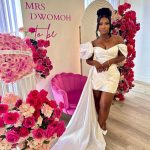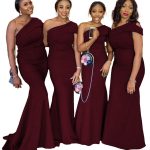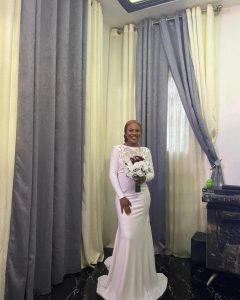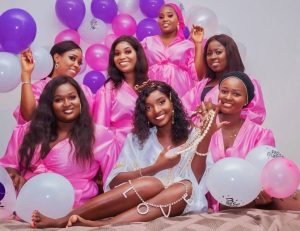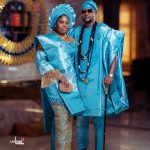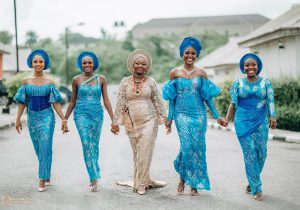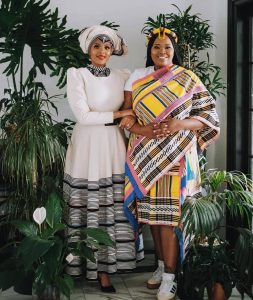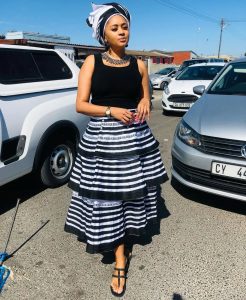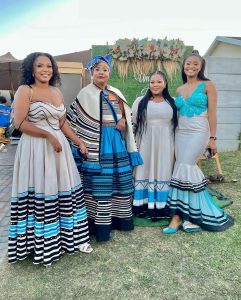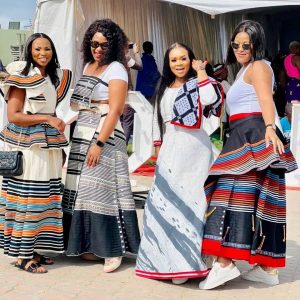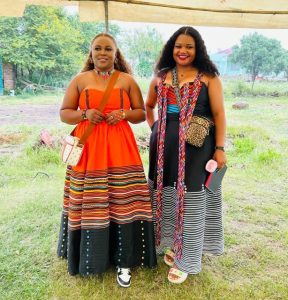2025 Trends in African Wedding Fashion
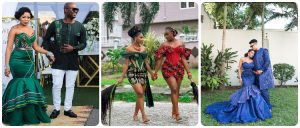
Elegant African Dresses for Weddings: 2025’s Most Stunning Styles & Trends
Weddings are a universal celebration of love, but an African wedding is a breathtaking explosion of culture, joy, and vibrant identity. Your outfit is more than just a dress; it’s a statement. Whether you’re the bride, part of the wedding party, or a guest, choosing the right elegant African dress is key to looking and feeling incredible. Let’s dive into the world of stunning fabrics, iconic styles, and the latest trends to help you find your perfect look.
The Fabric of Celebration: A Guide to Key Materials
Before we talk style, let’s talk fabric. The material is the heart and soul of any elegant African outfit.
Ankara (African Wax Print)**
If you’ve seen vibrant, bold patterns on dresses, it was likely Ankara. This is the most versatile and popular choice. It’s a cotton fabric that’s affordable, comes in countless designs, and can be tailored into any modern silhouette. Perfect for those who want a contemporary yet culturally rooted look.
For a touch of luxury, look no further than Aso Oke. This handwoven fabric, traditionally from Nigeria, is heavy, ornate, and often features metallic threads. When the wedding party or family wears outfits from the same Aso Oke or other fabric, it’s called **Aso Ebi**. It’s a beautiful visual symbol of unity and support.
Kente**
Hailing from Ghana, Kente is instantly recognizable by its bright, intricate strips of fabric that are sewn together. Each pattern and color in Kente cloth has a deep symbolic meaning, making it a powerful and regal choice for a wedding.
*Other notable fabrics to know:*
* **Shweshwe:** A printed cotton fabric from South Africa, known for its intricate geometric patterns and often indigo or brown color.
* **Bazin:** A stiff, damask cotton from West Africa that is often hand-dyed and heavily embroidered for a gorgeous, structured look.
## Regional Elegance: Styles from Across the Continent
Africa’s fashion is as diverse as its cultures. Here’s how elegance translates in different regions.
### **West African Majesty**
Think grandeur and structure. Nigerian designers are famous for their spectacular **Aso Oke gowns** with voluminous sleeves and detailed embroidery. In Ghana, **Kente** is often tailored into graceful, floor-length dresses or two-piece outfits that are both modern and deeply traditional.
### **East African Grace**
Ethiopian elegance is epitomized by the **Habesha Kemis**, a flowing, ankle-length white dress made from cotton or chiffon, adorned with beautiful embroidery along the cuffs and neckline. In Kenya and Tanzania, **Kitenge** fabrics are used to create stunning, figure-hugging dresses and elegant wraps.
### **Southern African Beauty**
Zulu traditional attire for weddings is a sight to behold, featuring vibrant beaded skirts (**Isidwaba**) and hats (**Isicholo**). For a more modern take, South African designers use **Shweshwe** fabric to create beautiful dresses with Victorian-inspired details like high necks and puffed sleeves.
Global Fusion**
The biggest trend right now is fusion. Designers are brilliantly blending traditional African prints with contemporary Western silhouettes. Imagine a classic ball gown skirt made from Ankara, a sleek mermaid dress with Kente accents, or a chic peplum top with a flowing Ankara skirt. This is perfect for the modern bride or guest who wants to honor heritage with a fashion-forward twist.
## Choosing Your Elegant Dress: A Practical Guide
So, how do you pick the right one? It depends on your role.
For the Bride**
Gone are the days of choosing between just white or traditional. Many modern African brides are doing both! A common trend is a white wedding gown for the ceremony and a stunning, colorful traditional outfit for the reception. Others are fusion pioneers, incorporating Ankara as a sash, a train, or embroidered details onto a classic white gown.
### **For the Wedding Party**
If the couple has chosen an **Aso Ebi** fabric, your path is clear! Your job is to have a dress made in that specific fabric. The elegance comes in how you style it. Choose a neckline and cut that flatters your body shape. You can accessorize with complementary colors to stand out slightly while still being unified.
### **For the Guest**
Your mission is to look elegant and respectful without upstaging the couple. Always check the invitation for a dress code or any specified Aso Ebi colors to avoid. If not, lean towards sophisticated cuts and rich, celebratory colors. A well-tailored Ankara fit-and-flare dress or a graceful Kaftan-style gown are always winning choices.
## 2025 Trends in African Wedding Fashion
What’s hot right now? Here are the trends dominating the scene:
* **Modernized Silhouettes:** Look for dramatic capes, tailored blazers over Ankara skirts, and dresses with detachable elements for a two-in-one look.
* **Luxurious Embellishments:** Intricate beadwork, shimmering rhinestones, and elaborate embroidery are being used to add a layer of luxury and texture to dresses.
* **Unexpected Color Palettes:** While bright colors will always reign, we’re seeing more elegant use of neutrals (black, navy, cream), muted pastels, and metallic gold and silver accents woven into prints.
## Conclusion
Choosing an elegant African dress for a wedding is an exciting journey into a world of rich culture and incredible fashion. It’s about finding a balance between tradition and personal style, all while ready to celebrate love in the most vibrant way possible. Embrace the colors, the patterns, and the craftsmanship. No matter what you choose, you’re sure to look absolutely stunning.
### **Frequently Asked Questions (FAQ)**
**Q: What is the difference between Ankara and Aso Ebi?**
**A:** This is a common mix-up! **Ankara** is the name of the fabric itself—the cotton wax print. **Aso Ebi** (a Yoruba term) refers to the practice of a group (like a family or wedding party) wearing outfits made from the *same* fabric, which could be Ankara, Aso Oke, or any other material.
**Q: Can I wear an elegant African dress to a non-African wedding?**
**A:** Absolutely! African print dresses are celebrated worldwide for their beauty and elegance. The key is to choose a style and formality that matches the wedding’s dress code. A tasteful Ankara midi dress or a sophisticated Kaftan can be a perfect and unique choice for any wedding.
**Q: Where can I buy these dresses online?**
**A:** Many fantastic designers and retailers specialize in ready-to-wear and custom African attire and ship internationally to both North America and Africa. A quick search for terms like “elegant African dresses” or “custom Aso Ebi” will lead you to a wealth of options.
2025 Trends in African Wedding Fashion (1) 




